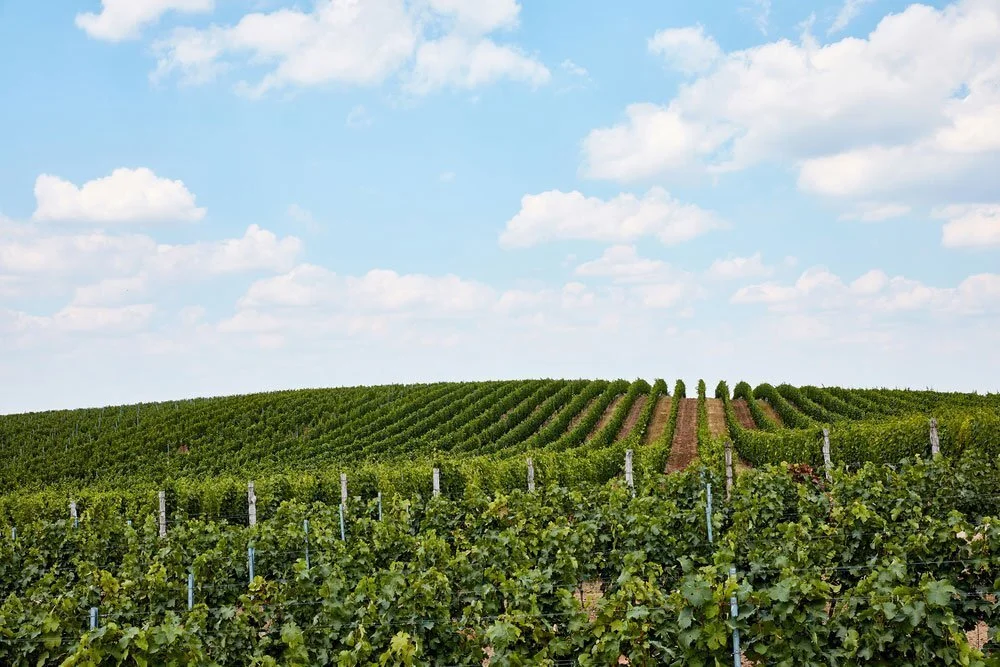How to Start a Winery Without a Vineyard: Is It Possible?
Can you start a winery without a vineyard?
At first thought you may think the answer to this is no, how would that even work? But the reality is it’s far more common than you think. Newly planted grapevines can take five to six years to produce any fruit that’s suitable for winemaking which can be a barrier for new wineries. There are two key ways to start a winery without a vineyard and we explore how to do that in this article.
Contract Purchase from Grape Grower
Establishing a winery without a vineyard requires one to engage a contract to purchase grapes each year from a grape grower. There are large grape-growing regions throughout Australia but New South Wales and Victoria dominate the large grape growing regions. Most of these Vineyards grow grapes but don’t crush and produce wines themselves. They sell their fruit during the Australian Vintage period to wineries that crush and produce wine.
Idyll Wine Co has a small vineyard on site in the rolling hills of the Moorabool Valley. The majority of the grapes we crush and brought in by truck from Jan – May each year from our contracted grape growers. Once you have contracted grapes, you are well on your way to producing a wine label without a vineyard.
Private Label Wine Producer
An alternative is to engage with a private label wine producer. This enables a new winery to utilise the resources of an established winery whilst also putting their unique touch on certain wines. In this way, a new winery doesn’t require any equipment or vineyards in order to start its operations. Their focus can be on packaging and label design alongside sales before they evolve and expand their operations.
If you’re looking to start a winery without a vineyard and need assistance with winemaking, packaging, and logistics, get in contact , we are experts across all areas of winemaking and have strong relationship with grape growers and a long history of private label production for some of Australia’s much love wine labels.
